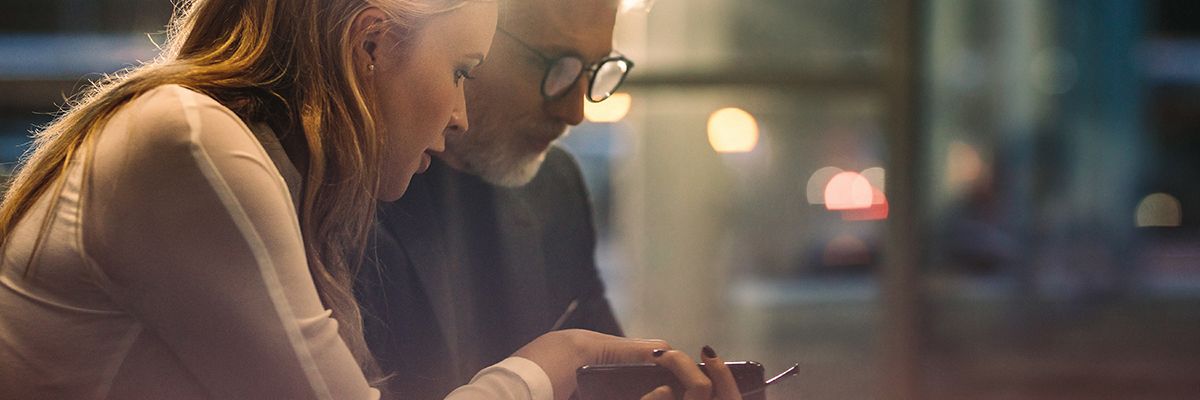Images are the visual backbone of the internet, serving as powerful tools to convey messages, evoke emotions and enhance the overall user experience of websites. From captivating photographs to sleek graphics, images play a pivotal role in capturing the attention of visitors and guiding them through the digital landscape.
However, while images are undeniably essential, their unoptimized presence can pose significant challenges to website performance. In an era where speed is paramount and instant access is expected, the impact of unoptimized images on page load times cannot be overstated. Each uncompressed image becomes a digital weight, burdening bandwidth and server resources, ultimately slowing down the browsing experience for users.
So, the question arises - do your website images truly need to be optimized? We dive into the importance of image optimization, uncovering its implications for both user experience and search engine optimization (SEO). By understanding the significance of image optimization, we can grasp the necessity of implementing strategies to ensure that website images are not only visually captivating, but also streamlined for optimal performance.

